Retro Replay Review
Gameplay
The Strange and Somewhat Sinister Tale of the House at Desert Bridge delivers an inviting point-and-click adventure framework that effortlessly blends puzzle-solving with exploration. Players assume the role of Harold the Talking Picture Frame, tasked with locating the eccentric Old Man Bill by interfacing with the inhabitants of a sprawling, dreamlike estate. The interface is intuitive, featuring classic verbs like “look,” “use,” and the delightfully quirky “gerbelize,” which adds a fresh spin to inventory management and item interactions.
(HEY YOU!! We hope you enjoy! We try not to run ads. So basically, this is a very expensive hobby running this site. Please consider joining us for updates, forums, and more. Network w/ us to make some cash or friends while retro gaming, and you can win some free retro games for posting. Okay, carry on 👍)
Puzzles are woven seamlessly into the environment, ranging from deciphering ciphers scrawled on mushroom caps to rewiring gerbil-powered dynamos. You’ll find yourself experimenting with ingredients, mixing up secret recipes for curious apparatuses, and testing out whimsical contraptions like polite robot doors operating on the faithful Butlerware GUI. Each challenge feels organic, encouraging lateral thinking and meticulous observation of the environment’s hand-drawn details.
One of the game’s standout features is its character-driven interactions. Engaging with Stripes the dinosaur yields clues hidden in roars and mumbles, while Emperor Squiggles the Magnificent offers cryptic riddles that reveal hidden passages. These exchanges not only advance the narrative but also imbue the gameplay with a warm, humorous charm that keeps you invested from start to finish.
Graphics
Visually, the House at Desert Bridge stands apart with its charming crayon-and-marker aesthetic, reminiscent of childhood sketchbooks brought to life. The environments are richly detailed, from sun-bleached courtyards littered with flower-petal confetti to shadowy hallways lined with arcane devices powered by gerbil-generated electricity. Every frame feels handcrafted, drawing you deeper into the game’s surreal dreamland setting.
Character designs are equally whimsical. Zathras the turtle sports an elaborately patterned shell that doubles as a puzzle map, while Harold’s portrait shifts expression as you progress through different story beats. Even background elements—such as glowing mushrooms and burbling steam vents—contribute to the overall visual storytelling, hinting at secrets yet to be uncovered.
The animations are simple but effective: doors swing open with a polite bow, dynamic lighting highlights key objects, and idle animations (a tapping toe here, a flickering lamp there) bring the environment to life. Combined with a tasteful color palette that ranges from pastel dream tones to eerie twilight hues, the graphics capture the game’s slightly sinister yet endlessly inviting ambiance.
Story
The narrative centers on the disappearance of Old Man Bill, a genial mad scientist whose absence has thrown Desert Bridge into mild disarray. Harold the Talking Picture Frame, Bill’s first and most trusted creation, recruits you as a real-world assistant via a clever software interface constructed by renowned game designer Jonas Kyratzes. This framing device not only breaks the fourth wall amusingly but also gives the player a genuine sense of agency in a world teetering between whimsy and danger.
As you delve deeper into the house, you uncover cryptic notes, experimental logs, and overheard conversations that hint at Bill’s latest inventions and possible entanglements with the ominous armies of Urizen. The tale balances lighthearted banter—like trading polite pleasantries with a robot door—with moments of genuine intrigue, such as discovering Gerbil Vault schematics that suggest something far more serious is at play.
Through a series of vignettes featuring talking animals, beetle-based mail systems, and mushroom parliaments, the story unfolds at a leisurely, satisfying pace. By the time you piece together the final cipher revealing Bill’s whereabouts, you’ve formed an emotional bond with the estate’s denizens and developed a genuine curiosity about the wider world beyond Desert Bridge.
Overall Experience
The Strange and Somewhat Sinister Tale of the House at Desert Bridge offers a refreshing departure from high-octane action titles, inviting players into a world built on curiosity, humor, and handcrafted charm. Its thoughtful puzzles and character interactions make every moment feel rewarding, whether you’re coaxing information out of a turtle or tuning gerbil dynamos to spark up a forgotten workshop.
Jonas Kyratzes’s signature storytelling flair shines through the game’s earnest dialogue and inventive mechanics. The seamless integration of the real-world interface concept deepens immersion, making you feel like a true partner in Harold’s quest. Even seasoned adventure veterans will appreciate the novel puzzles and unexpected narrative twists peppered throughout.
In sum, The Strange and Somewhat Sinister Tale of the House at Desert Bridge is a masterclass in blending whimsical art design, clever puzzle design, and heartfelt storytelling. It’s an ideal choice for players who relish unhurried exploration, quirky humor, and a dash of mild spookiness—all wrapped up in a lovingly sketched dreamscape that begs to be explored time and time again.
 Retro Replay Retro Replay gaming reviews, news, emulation, geek stuff and more!
Retro Replay Retro Replay gaming reviews, news, emulation, geek stuff and more!
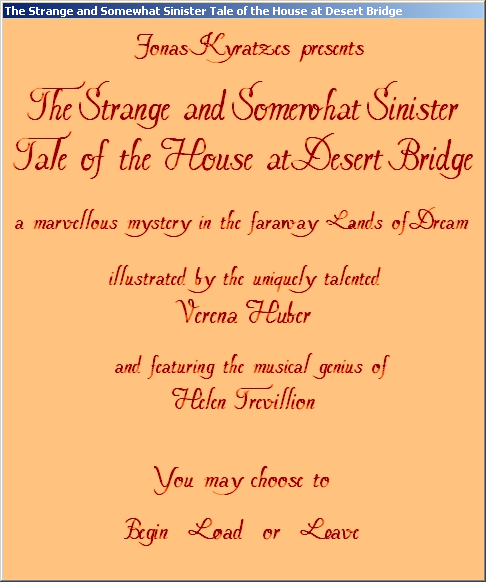
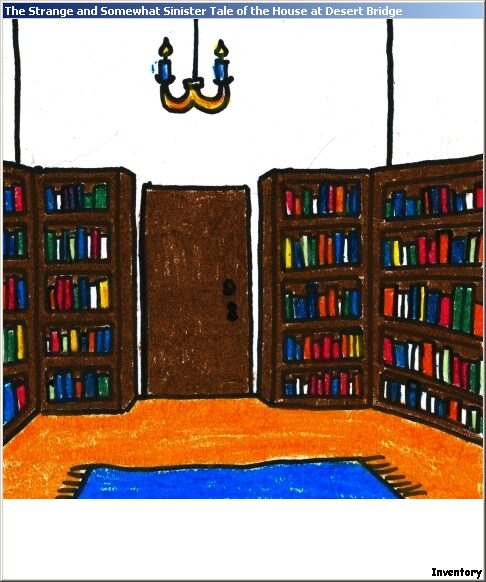
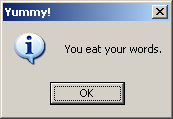
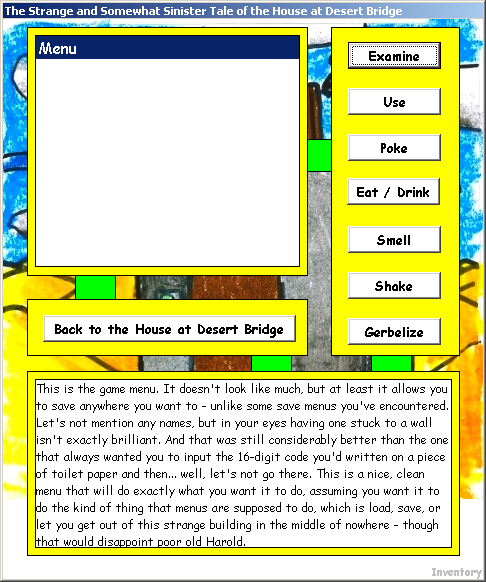
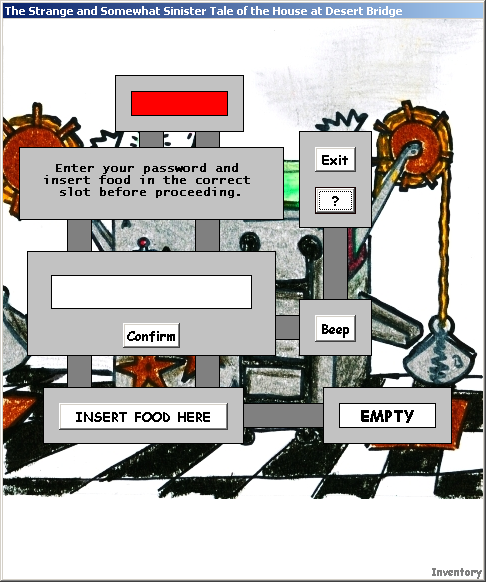
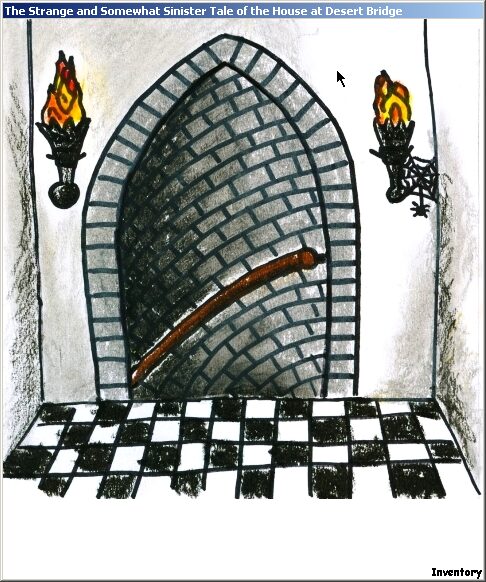



Reviews
There are no reviews yet.